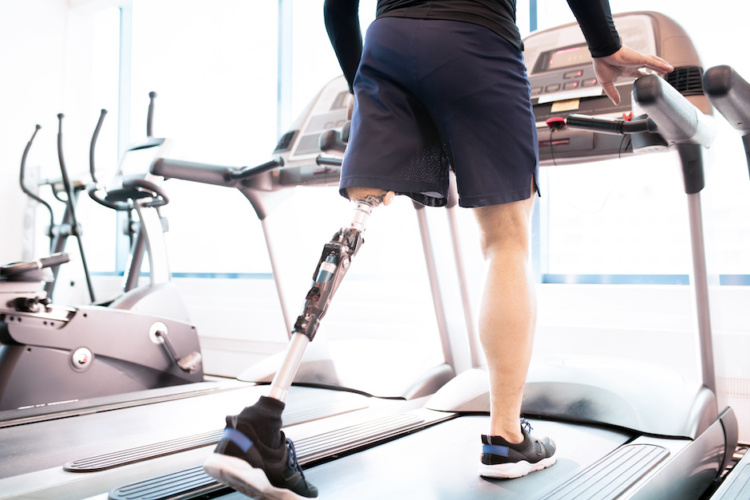Soft sensor could map pressure points for amputees
Researchers from North Carolina State University have developed a new soft flexible sensor system aiming to map pressure points for amputees.

Published in IEEE Sensors Journal, the team’s study explored how their prototype patch, which incorporates a lattice of electrically conducive yarns and connects to a computer, could help to detect pressure points in the socket of an amputee’s prosthetic limb.
The team comprised researchers in textiles, electrical, computer and biomedical engineering at NC State. The study’s first author Jordan Tablor, a graduate student in the NC State College of Textiles, explained that rigid sensors are commonly used to measure pressure within prosthetics.
“They’re hard, they’re bulky, they can be heavy,” Tablor said in a statement. “These are not things that amputees can use on a daily basis because rigid sensors affect the fit of the amputees’ prosthetics.” He added that they can also cause discomfort, prompting the team to design a sensor that could be integrated and used more regularly without causing further discomfort to the user.
Register now to continue reading
Thanks for visiting The Engineer. You’ve now reached your monthly limit of news stories. Register for free to unlock unlimited access to all of our news coverage, as well as premium content including opinion, in-depth features and special reports.
Benefits of registering
-
In-depth insights and coverage of key emerging trends
-
Unrestricted access to special reports throughout the year
-
Daily technology news delivered straight to your inbox










Water Sector Talent Exodus Could Cripple The Sector
Maybe if things are essential for the running of a country and we want to pay a fair price we should be running these utilities on a not for profit...